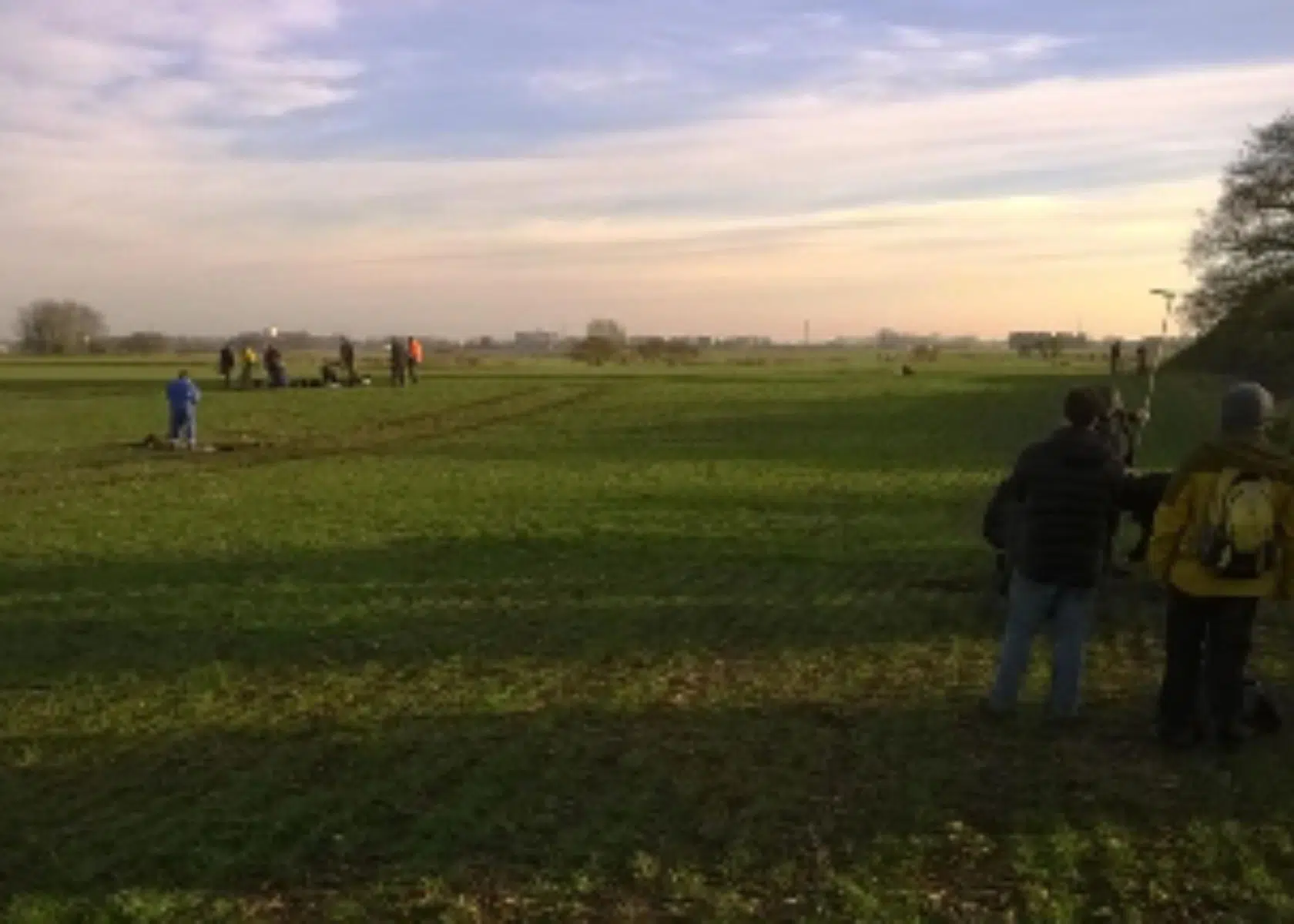
Researchers from the West Norfolk and King’s Lynn Archaeological Society (WNKLAS) are on a hunt to find King John’s missing treasure.
King John, born in 1166 at Beaumont Palace in Oxford, England, was the youngest son of Henry II and Eleanor of Aquitaine. He became king in 1199.
Despite his title, John’s reign was full of trouble, leading many to call him “one of the worst kings ever to rule England,” according to HeritageDaily.
Resistance movement in the north and east of England
The wars with Philip II of France caused more and more problems between John and his barons. This tension led to a resistance movement in the north and east of England.
The barons gave up their feudal ties and marched on to London, Lincoln, and Exeter. This forced John to make peace at Runnymede, which later became known as Magna Carta.
Unveiling History's Enigma: King John's Lost Jewels 🏰💎 Explore the intrigue, value, and enduring mystery surrounding the lost treasure of a medieval monarch. Join the quest to unearth the secrets of the past! #KingJohn #LostJewels #HistoricalMystery
The story of King John's… pic.twitter.com/SUG9GxZ05r
— Amazing Stories & History's Mysteries (@HistoryCodex) August 5, 2023
However, John didn’t keep his promises of the Magna Carta. Instead, he started hiring an army of mercenaries. In response, the barons asked Prince Louis of France to take the crown. Eventually, they pushed John back, and he had to retreat, as reported by HeritageDaily.
As John was traveling across the tidal estuaries that flow into The Wash on the east coast, legend has it that his baggage train, which carried the English Crown Jewels, got caught in quicksand and whirlpools and thus disappeared.
Uncovering King John’s lost treasures in Norfolk
Archaeologists from the West Norfolk and King’s Lynn Archaeological Society (WNKLAS) are working on a new study to find John’s lost treasures in Norfolk.
Their plan involves digging up an area of land near Walpole Marsh in the Fenlands, about five miles (about eight kilometers) from the current coastline. In Medieval times, this area was a vast natural marshland that frequently flooded, according to HeritageDaily.
Researchers picked the excavation site after studying aerial images using a method called Lidar. Lidar uses laser pulses to measure distances to the Earth, helping them choose the best spot to dig.
Clive Bond, the chairman of the West Norfolk and King’s Lynn Archaeological Society (WNKLAS), said, “It’s an opportunity to take a glimpse into the landscape. When you’re looking at something this big it’s quite exciting.”
“There could be something there, absolutely, but actually getting to where it’s been deposited in a changing, dynamic river system—you’re looking a million to one,” he added.
Enso Energy intends to build a solar farm on the site by the end of 2024. It could provide electricity for around 10,150 homes. Yet, according to a report by Enso Energy, the site doesn’t have any official landscape, heritage, or ecological designations.
See all the latest news from Greece and the world at Greekreporter.com. Contact our newsroom to report an update or send your story, photos and videos. Follow GR on Google News and subscribe here to our daily email!



